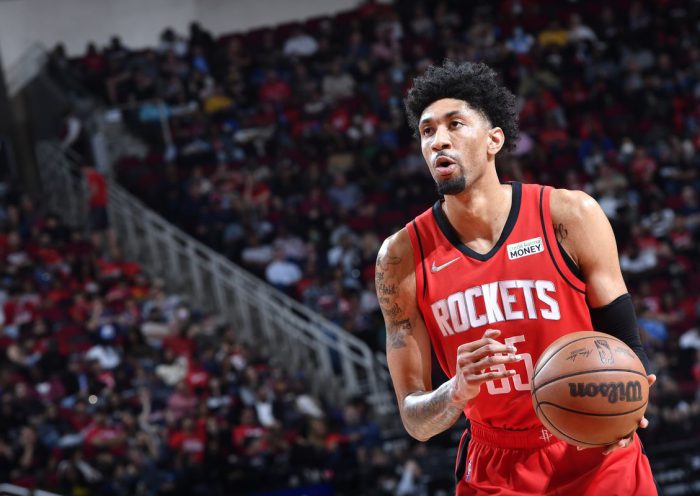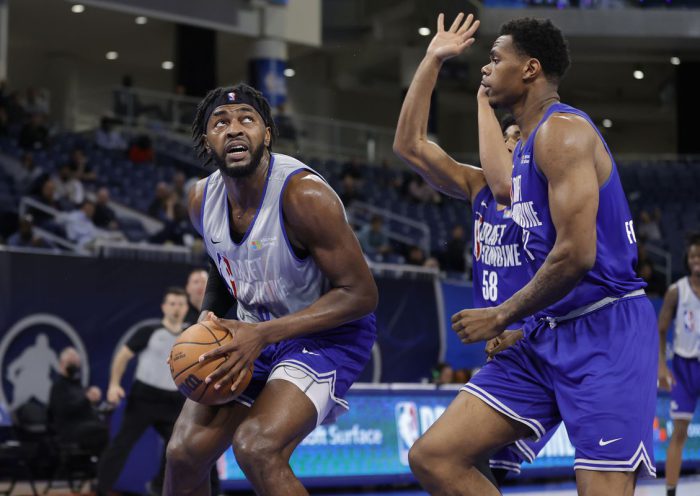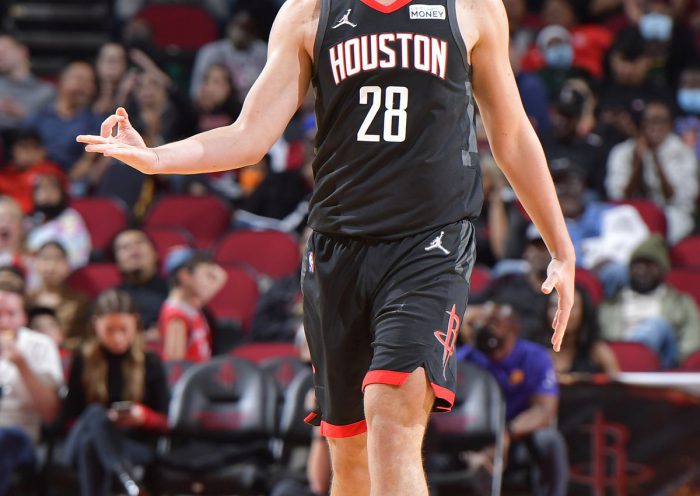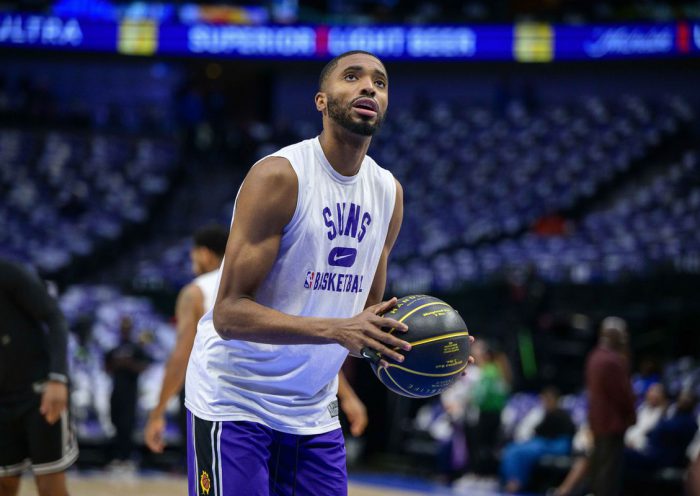sale #23 Cameron Johnson Men 2021 NBA Finals BoundAssessing Scouting Accuracy For The Last 20 Years (Part VI)
Welcome back to the exploratory series on recruiting rankings gathered by RSCI!
If you missed the prior parts, fear nothing. Here is a quick recap of the introduction so you don’t feel lost.
What I’m aiming with this series is to get a better sense of how different scouting services have fared in terms of ranking the Top-100 prospects of each of the last 20 classes of hoopers around the nation coming out of high school. For that, I’m using a database based on data from the Recruiting Services Consensus Index (RSCI), which gathered information from multiple scouts and generated composite rankings of recruits for each year. On top of that, using information coming from Basketball-Reference.com, I have access to the Win Shares produced by each player that eventually reached the NBA.
Just armed with that information we can quickly see how rankings and production align, and even generate some metrics such as the simple “Prospect Value (PV)” metric I introduced in the first chapter. It just puts together the ranking of prospects and their production in order to find high-ranked busts or low-ranked diamonds. The higher the PV of a player, the more underrated he was back in the day Nike Phoenix Suns #15 Cameron Payne Youth 2021 NBA Finals Bound City Edition Jersey Black Youthby scouts.
With all that said, let’s keep surfing the RSCI recruiting data to answer more and more questions!
Has any franchise banked or avoided RSCI prospects more than any other around the league?
We’ve already gotten our feet wet on the waters of the relationship between RSCI-ranked prospects and the NBA draft as a whole. With that covered and knowing how about half of each draft is made of Top 100 high school recruits, it is time to go a little deeper into the data to see if there is anything on a finer level of detail. That is, at team level instead of league-wide.
Remember that we are working with a group of 554 players out of the 2002 that are present on the data set (excluding those from the 2018 HS class, as the 2019 draft has not been held yet). That is because for this part of the series we’re only studying those players that were ranked as Top-100 players in their class by RSCI that went on to get drafted at some point by an NBA team.
That last bit of information makes the likes of great players like Udonis Haslem or Wesley Matthews to be left out as they entered the league as undrafted free agents, but there are not a lot of successful stories among those undrafted players as to consider their absence a big deal.
Back to the main question, let’s explore some team-related trends.
There are 37 different teams in the data set. Th nba shop sunsere have not been 37 franchises in the NBA, as for example Vancouver moved to Memphis so they can be treated as a single unit. The important thing, though, is the fact that every possible team/franchise in the league from 1998 to 2018 has picked a Top-100 RSCI player at least once.
Boston leads the way with 30 teams of the 554 (5 percent), averaging 1.5 picks of such players per year. Another 10 franchises have picked 20 or more. That means 11 teams are picking, on average, one or more Top-100 prospect per draft. Nothing crazy, actually, considering those are supposed to be the best talents around.
Of those drafting the most RSCI-ranked players, have they gotten the best of the best of relied on lowly-ranked prospects?
Looking at the average ranking of the players drafted by every team, and keeping Vancouver aside (they only picked one kid, 1998 No. 5 Stromile Swift back in 2000), Cleveland is at the highest position when it comes to drafting highly ranked prospects. The average rank of the Cavaliers’ rookie when they came out of high school is 15.3, which is staggering considering Cleveland has made 19 selections in the past 21 years. While this can be considered an increNBA Western Conference Champsdible fact, it wouldn’t be that good if it aligned with the position the team has drafted at during the past couple of decades.
A team that constantly falls into the lottery is expected to get the best players around, so it doesn’t have any merit to snatch highly regarded prospects at those positions. That is Cleveland’s case. The Cavs’-rookie average RSCI rank of 15.3 isn’t that mindblowing considering Cleveland has made those picks around the 18th position in the first round on average.
This made me question if every team drafting position really aligns with the ranking of the players they pick, or if some of them have been able to draft highly coveted prospects even when drafting on low spots.
There are 21 teams that have drafted at least 15 RSCI-ranked prospects. On average, their draft position has been No. 25. The average rank of those players is No. 31. When looking at teams individually, though, discrepancies are clear.
As already explained, I have filtered the data to look only at teams that have picked 15+ players that appeared on the RSCI rankings at some point. After that, I sorted them in the chart from highest draft position (that means, closer to No. 1 in the pic valley boyz suns jerseyking order) to lowest. The vertical axis is shared for both the draft position and the average prospect ranking.
In the perfect world I have often mentioned through the series, we would expect a linear relationship between both variables. After all, teams picking higher should draft the best-ranked prospect, right? It doesn’t look like that. In fact, Atlanta has one of the worst-five ratios while being the franchise picking highest on average.
The teams that have gotten the highest-ranked players given their drafting position on average historically have been Portland (average drafting position No. 27, average prospect rank No. 20), the Clippers (No. 22 drafting, to No. 15 ranked-prospect), and Cleveland (No. 18 drafting, to No. 15 ranked-prospect).
At the other side of the spectrum is Golden State, drafting at the No. 23 slot on average but getting players ranked No. 46 by RSCI. This could mean a few things. First, that the Warriors are proving scouting may not be that good given they are picking lowly-ranked prospects but still winning titles yearly. And second, that they are drafting for need instead of following the best-available approach.
Enough with the num the valley suns jersey authenticbers! Give me some interesting stories about these seemingly overachieving Warriors and other teams!
Okay, okay.
There have been a ton of players drafted over the past two decades. Some teamsNBA Beanies have struck gold, while others, well, we better not tell.
Draft Tales Of: Golden State Warriors
Keeping with Golden State’s RSCI-related history, there are a bunch of nice bits to get from their approach to drafting. Since 2001 (their first pick in the data set), the Warriors have only drafted four times inside the Top-10 of the lottery. The greatest of their “gambles” was Ike Diogu, who was ranked as the No. 51 player of his class in 2002 yet was made a No. 9 pick in 2005. He’s actually one of the worst picks by Golden State, averaging only 0.9 Win Shares per year in his seven-year NBA tenure.
That shouldn’t make us think bad of Golden State, though. They have killed the draft since the early aughts and the tastiest of fruits have come during the last decade. We all know about lottery-picks Harrison Barnes and Klay Thompson. Barnes was always a coveted prospect (he was the 2010 No. 1 HS suns finals jerseysprospect), but Klay Thompson was only ranked No. 58 in his class and spent three years in the NCAA before putting his name in the draft. Huge pick right there.
And what about Draymond Green? He was only the 95th-best prospect of his class in 2008 but after a full college cycle at MSU he entered the NBA to become a pillar of the current Warriors iteration. Even though he didn’t spend much time in Golden State, Gilbert Arenas is another masterful pick by the Warriors, who got him with the 31st overall pick of 2001 when he had been deemed only the 99th-best devin booker suns shirtplayer of the class of 1999.
Draft Tales Of: Atlanta Hawks
The Hawks already made a brief appearance on this text. They have 16 players to their name in the data set, most of them still active and first-rounders.
Their biggest of steals was probably Josh Smith in 2004. After graduating high school, Smith opted to enter the draft and skip college as the prep-to-pros path was still open. He was the No. 4 prospect of his class, yet he dropped down to the 17th pick in the draft, where Atlanta selected him.
Smith’s greatness, though, could have been expected given his ranking by the RSCI. On the other hand, Al Horford surpassed every possible expectation. Ranked as the 47th-best prospect of the classDemar Derozan Jerseys of 2004, he played three seasons at Florida and eventually was drafted 3rd overall by Atlanta in 2007. Much differently to Diogu for Golden State, Horford became a franchise player, is still one of the best players around the NBA and has an average of 7.1 WS per season.
Draft Tales Of: Portland Trailblazers
Portland has drafted a ton of RSCI-ranked players, starting in 1998 with Erick Barkley and finishing with the late Anfernee Simons in 2018 to make it 26 prospects.
Their list of picks, though, can be quite depressing.
Of the 26 players, onlLeBron James Jerseysy five have career averages of 2.0+ WS per year. It must be acknowledged that Zach Randolph was a steal in 2001 when they drafted him with the 19th pick after being declared the No. 1 prospect of the 2000 class. Barring that, though, the franchise’s fortune has seen the other side of the coin more often than not.
The infamous Greg Oden pick will hardly ever be forgotten. Martell Webster is the second-best even draftee in terms of WS/Yr but getting him meant passing on other RSCI-ranked players such as Channing Frye, Andrew Bynum, Jarrett Jack, David Lee, Amir Johnson, and Lou Williams.
Josh McRoberts, Sebastian Telfair, and James White are other names that will be linked to Portland forever, and not precisely by their on-court merits.
The good for the Trailblazers, though, is that after dropping the ball that many times in the past, it only can get better in the future. Even with that, they’d be better off not having the chance of picking highly ranked players in the draft by sustaining their current success, which coincidentally has come from non-RSCI-ranked players. Let’s see if they can.



